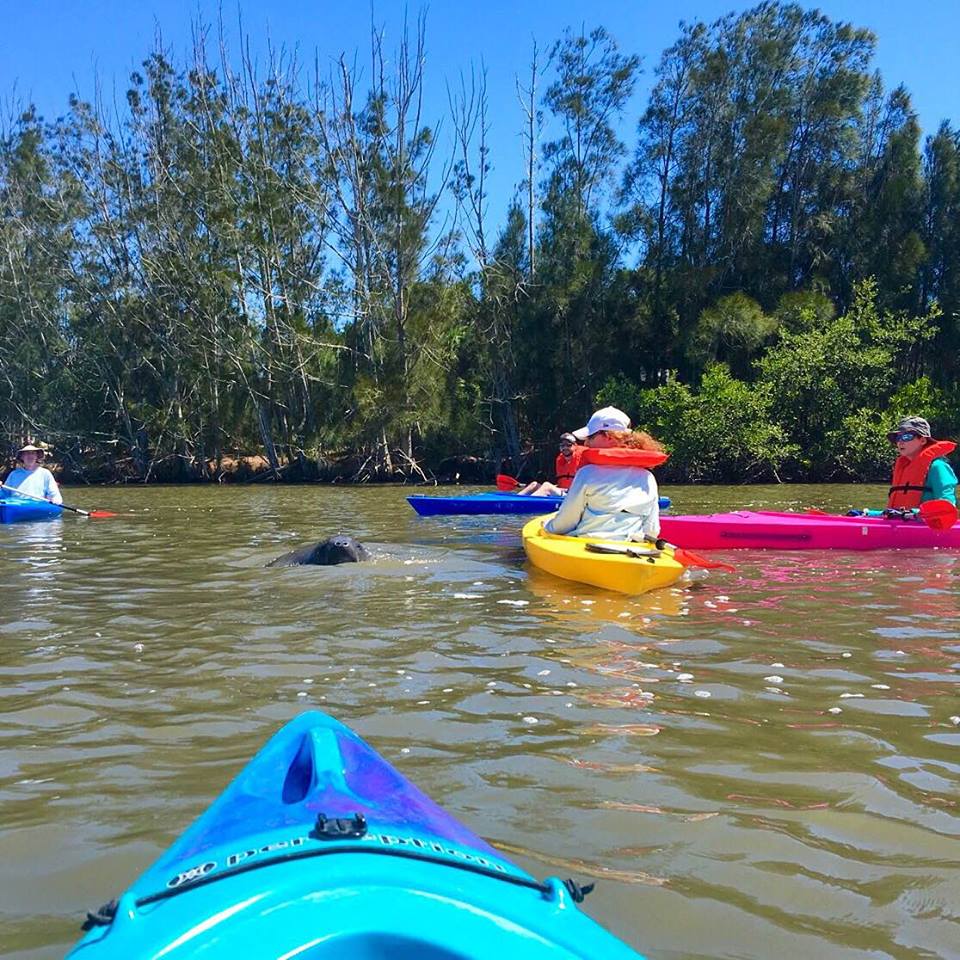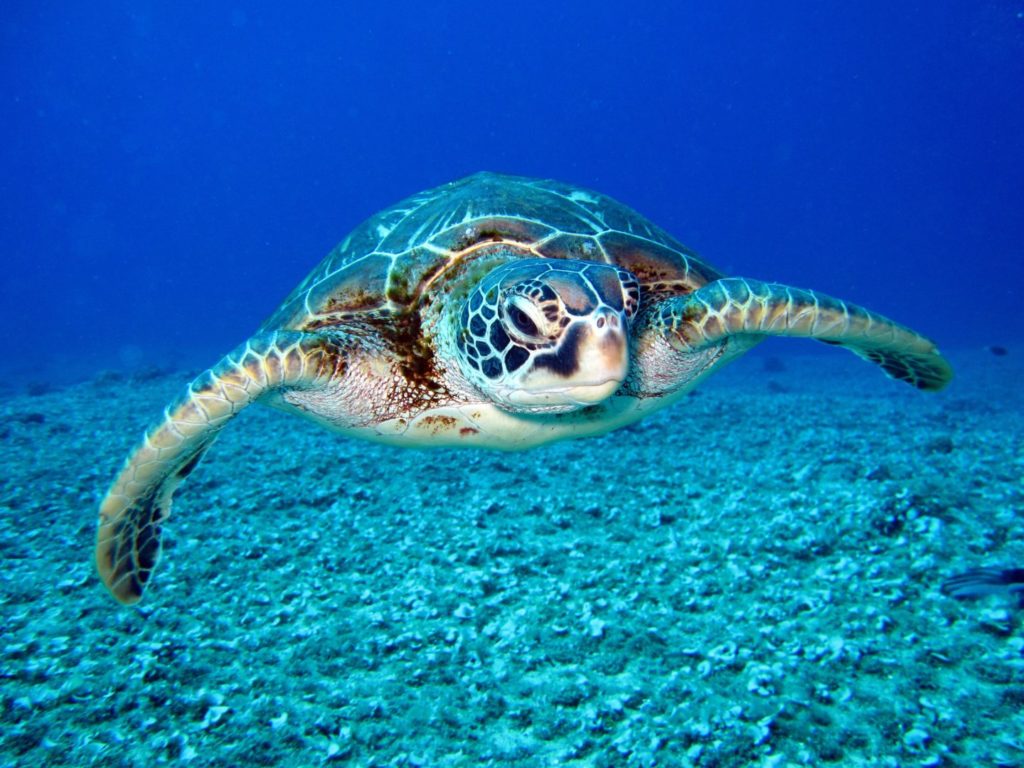Kayaking is already an environmentally conscious watersport. There isn’t any fuel being burned or gasses emitted and it’s entirely powered by the person riding it.
But even if it’s already eco-friendly, there’s a lot you can do to reduce your environmental impact on a trip
- Avoid Polluting and Littering
It might seem like a no-brainer not to throw trash into the water, but accidents can happen. Trash, particularly plastic waste, is one of our oceans’ most significant issues today.
Billions of pieces of plastic make their way into our water every year. Landfills and accidents are one of the biggest causes behind this.
A cooler full of cold drinks and snacks is always appreciated on a kayaking trip. But when you fill your cooler, try to avoid small packages and plastics as much as possible.
The wind can’t blow away a tiny plastic wrapper if you don’t bring those snacks with you.
Instead of taking a case of water bottles, use a large metal flask or canteen. That way, you can’t lose a water bottle and introduce it to the waterway.
No matter what body of water you plan to kayak, keeping trash out of it is vital for keeping it clean.
- Don’t Disturb The Wildlife

It’s best to keep your distance from any creatures you encounter on your kayaking trip.
Enjoy watching them from afar for sure, but don’t disrupt their activities.
Feeding or attempting to touch the animals can be dangerous for you and them. In many places, it’s considered illegal to approach threatened or endangered animals.
Similarly, avoid shallow gravel patches or grasses where fish might have left eggs. Paddling into these spots can disturb the ground or kill the grass, harming the baby fish.
- Do No Harm
Planning a picnic at an isolated spot that’s only accessible by boat is a fantastic way to spend the day. While you’re enjoying the peace and beauty, don’t forget to keep the area pristine.
Aside from avoiding any form of littering, be mindful of your surroundings as well.
Don’t walk over dunes. Walking onto sand dunes or along remote banks can kill or dislodge the grass that has taken root there.
Not only is this damaging to that habitat, but it can also lead to severe erosion over time.
The safest option is to always embark and disembark at docks or boat ramps.
The only sign of your presence should be your footprints and a mark where you pulled your kayak from the water.
Always carry your kayak when it isn’t in the water. Dragging it can crumble banks or disturb the ground. This is especially damaging if it’s loaded with supplies.
You should also try to head to less crowded areas. The more people in one spot, the more trash and damage can happen.
- Use Gear Made From Recycled Materials
Most of the things you’ll take with you for a kayaking trip are made of plastic. Try equipment made from recycled material instead. This way, you can avoid gear that feeds into plastic consumption.
This helps keep plastic from going to landfills, where it can cause the most harm.
Paddles, pedals, and even whole kayaks can be made from recycled material.
Consider using natural cordage as well. Tie-downs are incredibly important. But instead of rubber netting to hold everything on your kayak, use natural cord ropes.
- Do Research Ahead Of Your Trip
While exploring the unknown is exciting, it’s also one of the fastest ways for accidents to happen.
Before going out, try plotting your course on a map and familiarize yourself with the area. This is vitally important for having a safe trip. Still, it can also help reduce your impact on the environment around you.

Parks and fish & wildlife services will have warnings for all things in the region. It can help you avoid areas inhabited by dangerous animals, but it can also help keep you from doing damage as well.
Your research should include where known nesting sites are. Whether it’s birds or turtles, you don’t want to wander into the area and start crushing nests under your kayak.
You should also look into areas with swift currents or potential waves. Dumping your kayak means all your gear gets littered into the waterway, even if you can escape the danger.
Knowing which areas are dangerous keeps you and your gear out of the water.
- Dispose Of Waste Properly
While trash fits into the littering category, human waste is also a pollutant.
Always go to the bathroom before your trip, and avoid doing so while you’re out kayaking.
Have a plan for when nature calls and you have no choice. Don’t just throw it out anywhere. Make sure you’re also disposing any of your own waste in an eco-friendly way.
- Don’t Use Harsh Chemicals
Sun protection is important if you spend the day on the water. Light reflected off the water reaches your skin and burns you faster than standing in the sun.
Unfortunately, most sunscreens contain chemicals that are harmful to the environment. Some places, like Hawaii, banned most sunscreens because it killed their coral reefs.
Sunscreen can quickly get into the water if you go for a swim or sweat it off. It doesn’t matter if you give it time to dry before getting in.
Try to always opt for eco-friendly sunscreen free of harmful chemicals. It’s just as effective as popular brands, and it doesn’t cause any harm to the plant and animal life in the water.
You can check the ingredients on the sunscreen bottle or look them up online. The main culprit you should be avoiding is “Oxybenzone”. This is the active ingredient that kills coral and leeches into aquatic plant life.







